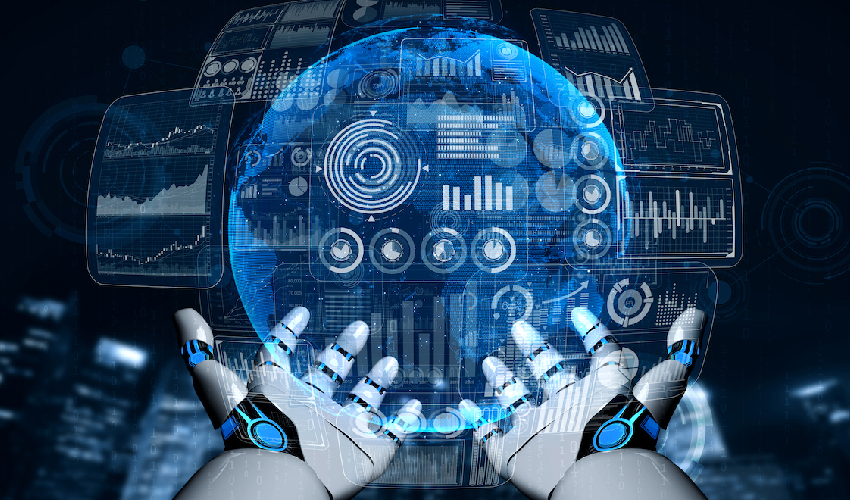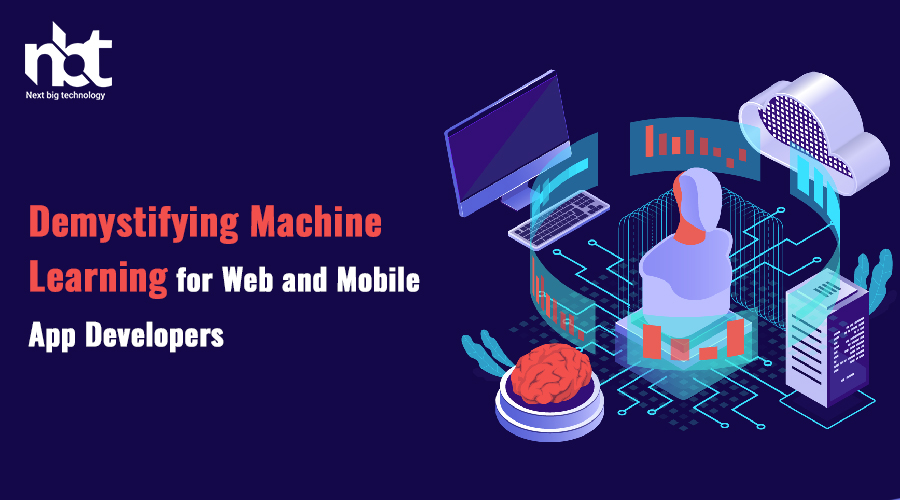Table of Contents
1. Introduction to Machine Learning
Machine Learning is a subset of artificial intelligence that enables systems to learn from data and make predictions or decisions without being explicitly programmed. It’s like giving your applications the ability to learn and adapt on their own, making them more intelligent and responsive.
2. Understanding the Basics

2.1 What is Machine Learning?
At its core, Machine Learning is about training algorithms to recognize patterns in data. These algorithms can then use these patterns to make predictions, classify data, or make decisions.
2.2 Types of Machine Learning
There are two main types of Machine Learning: Supervised Learning and Unsupervised Learning. Supervised Learning involves training a model on labeled data, while Unsupervised Learning deals with unlabeled data, focusing on finding hidden patterns.
2.3 Supervised Learning
Supervised Learning is like teaching a computer to differentiate between cats and dogs by showing it pictures of each with labels.
2.4 Unsupervised Learning
Unsupervised Learning is like asking a computer to group similar images without providing any labels.
3. Machine Learning Algorithms
Machine Learning employs a variety of algorithms to accomplish tasks. Some common algorithms include Decision Trees, Neural Networks, Support Vector Machines, and Clustering Algorithms.
3.1 Decision Trees
Decision Trees are used for classification and regression tasks. They are like flowcharts that help in making decisions based on input data.
3.2 Neural Networks
Neural Networks, inspired by the human brain, are highly effective in tasks like image and speech recognition.
3.3 Support Vector Machines (SVM)
SVM is great for classification tasks, especially when dealing with complex data.
3.4 Clustering Algorithms
Clustering Algorithms group similar data points together, enabling applications to categorize and make sense of data.
4. Integration of Machine Learning in Web Development

4.1 Personalized User Experiences
Web developers can use ML to offer personalized content recommendations, improving user engagement and retention.
4.2 Improved Search Algorithms
ML can enhance search engines by understanding user queries and returning more relevant results.
4.3 Fraud Detection and Security
ML algorithms can detect unusual user behavior and protect websites and applications from cyber threats.
5. Machine Learning in Mobile App Development
5.1 Predictive Text and Auto-Correction
Mobile app developers can implement ML to provide better predictive text suggestions and auto-correction.
5.2 Image and Speech Recognition
ML enables mobile apps to recognize images and speech, opening up new possibilities for user interactions.
5.3 Location-Based Services
Apps can use ML to provide personalized location-based recommendations and services.
6. Challenges and Considerations

6.1 Data Quality and Quantity
ML models require large volumes of high-quality data to perform effectively.
6.2 Ethical Concerns
Developers must be mindful of the ethical implications of ML, including bias and privacy concerns.
6.3 Model Training and Maintenance
ML models need continuous updates and maintenance to remain accurate and relevant.
7. Getting Started with Machine Learning
7.1 Learning Resources
There are numerous online courses and resources available for developers to learn about Machine Learning.
7.2 Tools and Frameworks
Popular ML frameworks like TensorFlow and PyTorch make it easier for developers to implement ML in their projects.
8. The Future of Machine Learning

8.1 Advancements in Natural Language Processing
NLP will continue to advance, enabling more natural and conversational interactions with machines.
8.2 Internet of Things (IoT) Integration
ML will play a crucial role in IoT, making devices smarter and more efficient.
8.3 Healthcare and Predictive Analytics
ML will revolutionize healthcare by enabling predictive analytics for disease prevention and treatment.
Conclusion
Machine Learning is not just a buzzword; it’s a powerful tool that web and mobile app developers can leverage to create more intelligent and user-friendly applications. As you embark on your Machine Learning journey, remember to stay informed, address ethical concerns, and keep an eye on emerging trends in this ever-evolving field.
Thanks for reading our post “Demystifying Machine Learning for Web and Mobile App Developers”. Please connect with us to know more about Demystifying Machine Learning.

















